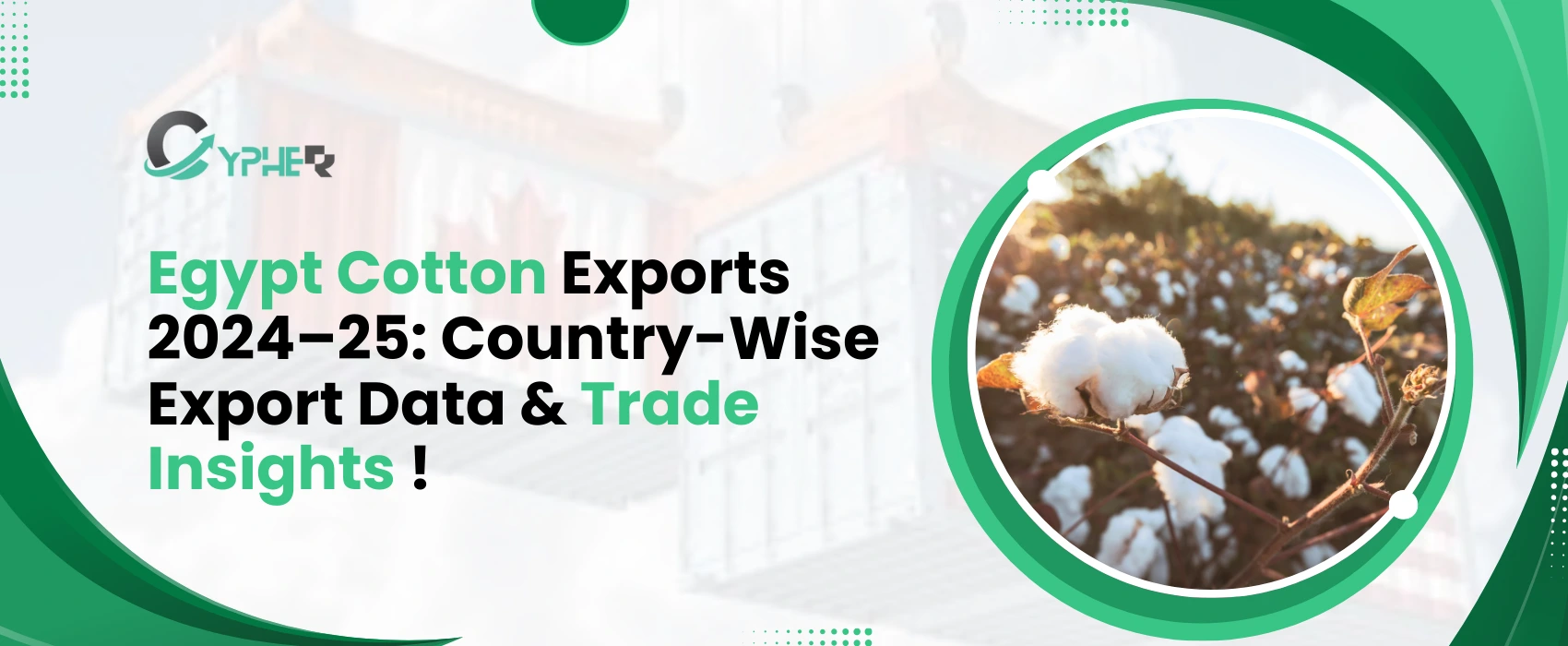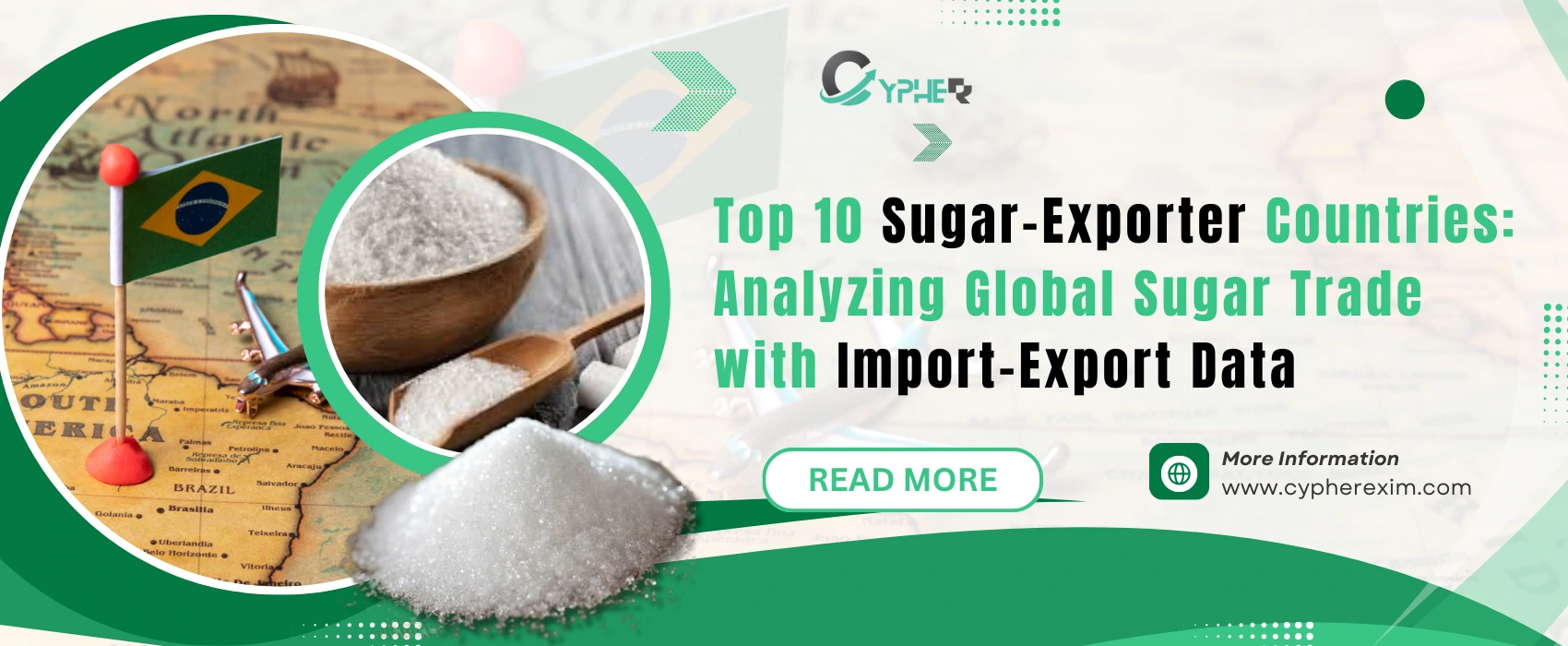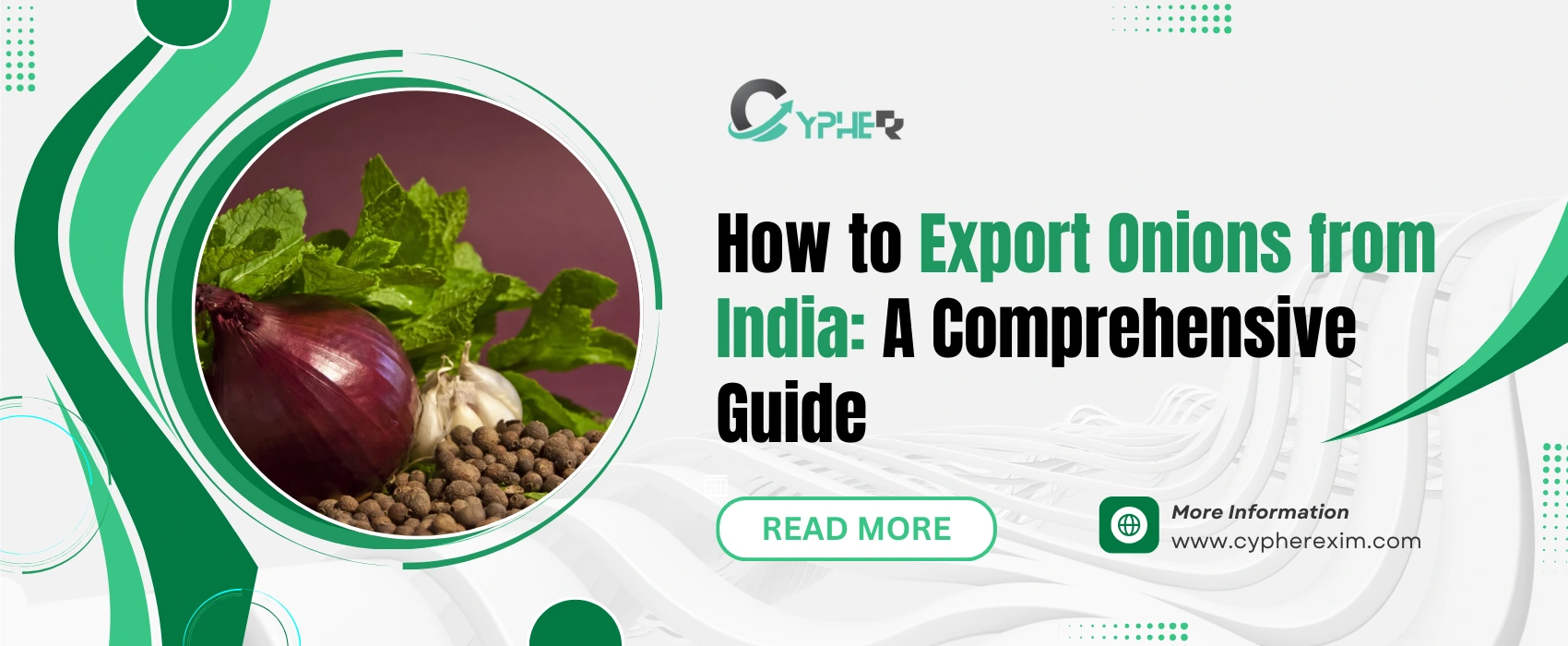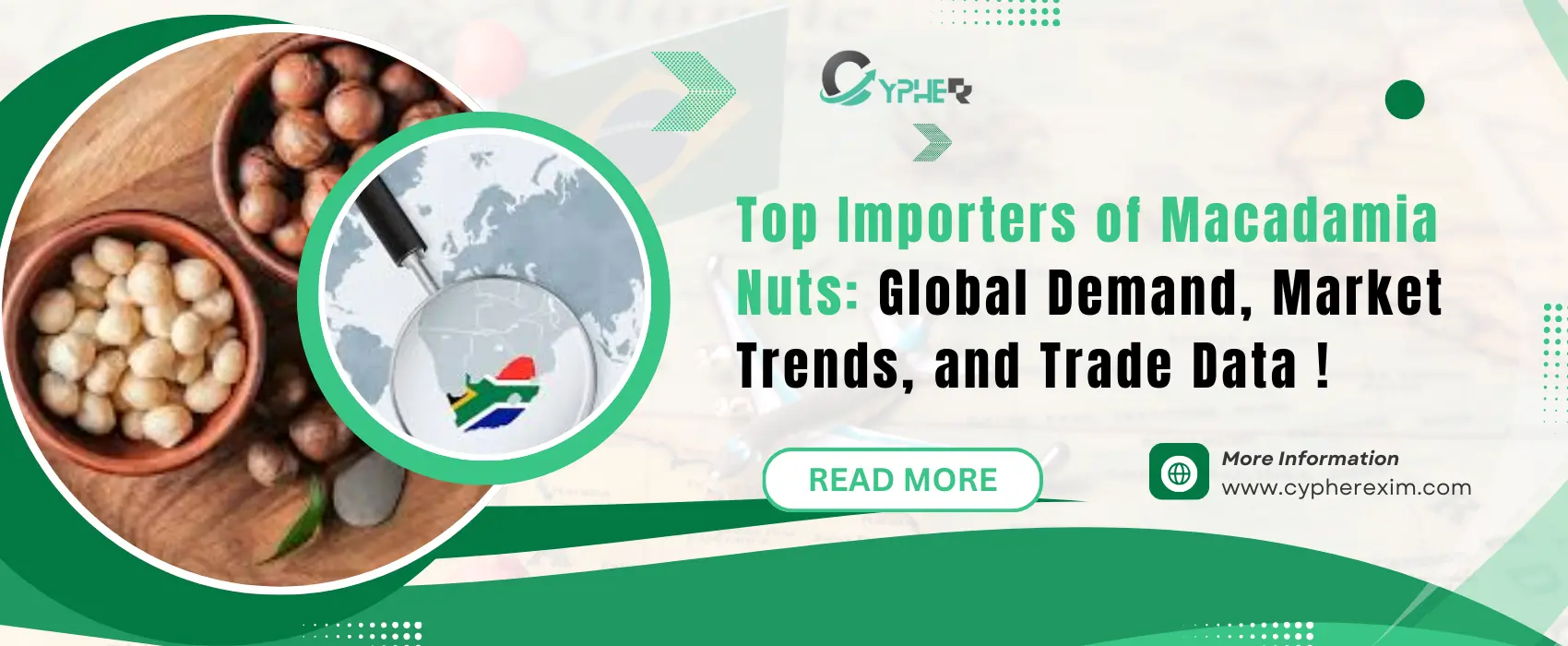Egypt Cotton Exports 2024-25: Country-Wise Export Data & Trade Insights

27 Nov 2025
Egypt has long been famous for its cotton, often called "white gold" because of its soft, strong fibers that make the best fabrics in the world. Imagine picking fluffy white bolls from plants along the Nile River, that's the heart of Egypt's cotton story. For beginners, cotton is a plant grown for its fibers, which are spun into threads for clothes, sheets, and towels. Egypt's version stands out because its extra-long fibers make things feel luxurious and last longer. In the 2024-25 season, which runs from August 2024 to July 2025, Egypt's cotton exports tell a tale of challenges and hopes. The country shipped out about 184,000 bales, each bale weighs around 480 pounds, worth roughly $475 million. That's a dip from the year before, but experts see brighter days ahead. This article breaks it down simply: from why Egyptian cotton is special, to where it goes, and what it means for trade. We'll use easy words and short ideas so even if you're new to this, you can follow along.
Let's start with the basics of Egyptian cotton. Most cotton comes from places like the United States or India, but Egypt's is premium. It's grown in the fertile Nile Delta and Valley, where the soil is rich and the sun shines over 300 days a year. The key is the "extra-long staple" cotton, or ELS, which has fibers longer than 1.375 inches. Varieties like Giza 94 or Giza 96 are stars here,they're soft yet tough, perfect for high-end shirts or hotel linens. In 2024–25, production hit about 310,000 bales, down a bit from 350,000 the previous year because farmers planted less due to high costs for seeds and water. But quality stayed top-notch. Farmers hand-pick the cotton from March to October, ensuring no dirt or short fibers sneak in. This care makes Egyptian cotton cost more,around $2 to $3 per pound exported,but buyers love it for that buttery feel against the skin.
Now, picture the journey from farm to factory. After picking, the cotton goes to gins, where machines separate the fibers from seeds. Then it's baled and chcked for purity. Egypt's government steps in with rules to keep standards high, like the Cotton Egypt Association (CEA), which certifies real Egyptian cotton with a logo. This fights fakes in the market. In 2024-25, domestic mills used most of the crop,about 600,000 bales,to make yarn and cloth for local clothes and exports. Why? Egypt wants to add value instead of just selling raw cotton. Raw exports dropped because of a short ban to protect local factories, but yarn and fabric exports jumped. From August to November 2024 alone, fabric shipments hit 15,106 metric tons, up 25% from last year. That's smart business,turning cotton into finished goods brings more money.
Diving into the numbers, 2024–25 was a mixed bag for exports. The total volume fell 26% to 184,000 bales from 250,000 in 2023-24. Value-wise, it was $475.26 million, down 9% year-over-year. Why the drop? High global prices early in the year made Egyptian cotton less competitive, plus the export curb to feed home mills. But bales tell the story: each one packs about 220 pounds of clean fiber, so 184,000 bales equal roughly 40,480 metric tons. That's still a lot,enough for millions of T-shirts. On the flip side, imports rose to 700,000 bales as mills needed more fiber for growth. Brazil and the U.S. supplied most, showing Egypt balances its own crop with buys from abroad. Looking ahead, forecasts say exports could rebound to 300,000 bales in 2025-26 as prices stabilize and demand picks up.
Who buys all this Egyptian treasure? Country-wise data shows a clear picture of global fans. India tops the list, grabbing nearly 25% of exports,about 46,000 bales worth over $110 million. Why India? Its huge textile hubs in Mumbai and Tirupur crave long-staple cotton for premium yarns. Egyptian fibers blend well with local ones, making soft saris and export jeans. In 2024, shipments to India dipped slightly due to competition from cheaper Uzbek cotton, but steady orders keep it strong. Pakistan comes next, importing around 18% or 33,000 bales ($80 million). Pakistani mills in Faisalabad use it for high-count sheets sold worldwide. The two Asian giants together take half of Egypt's cotton, proving Asia's textile boom drives demand.
Europe loves Egyptian cotton too, but for luxury. Italy snagged 17%,roughly 31,000 bales ($75 million). Italian brands like Armani weave it into suits and linens, valuing the shine and strength. Bangladesh follows with 10% (18,000 bales, $45 million), feeding its ready-made garment factories that supply H&M and Zara. China, despite its own massive production, took 8% (15,000 bales, $35 million) for upscale towels and baby clothes. Other notables include the U.S. at 5% (9,000 bales, $20 million) for niche markets like organic bedding, and Turkey at 4% (7,000 bales, $15 million) for blending in denim. Smaller shares went to places like Morocco (3%), Austria (2%), and Vietnam (2%). Overall, Asia got 55%, Europe 30%, and the Americas 10%. This spread shows Egypt's smart diversification,not relying on one buyer.
Breaking it down further, let's look at trends per country. In India, volumes held steady at 40,000-50,000 bales monthly early in 2024, but eased to 35,000 by year-end as mills stocked up. Prices averaged $2.50 per pound, premium over global $2.00. Pakistan saw a 5% rise in imports, thanks to new spinning lines adding 200,000 spindles. Italy's take grew 10% in fabric form, not raw, as EU rules favor sustainable sources,Egyptian cotton scores high on eco-certifications like BCI (Better Cotton Initiative). China's dip came from domestic surplus, but 2025 orders are up 15% with factory expansions. The U.S. focuses on ELS varieties, importing Giza 96 for $3.50 per pound in small batches. These shifts highlight how each country's industry shapes demand: volume for Asia, quality for Europe.
Trade insights reveal bigger lessons. First, sustainability is key. Egyptian farmers use less water than U.S. growers, thanks to Nile irrigation, but climate change brings droughts. In 2024, hot spells cut yields by 5%, pushing prices up. Yet, CEA's regenerative farming trials on 10,000 acres cut pesticide use by 20%, appealing to green buyers. Second, value addition pays off. Raw cotton exports fell, but yarn hit 7,603 metric tons (up 72%) and fabrics surged. This "textile chain" strategy could double earnings by 2026. Third, challenges like the Red Sea disruptions added shipping costs,up 15% to India,but Egypt's Suez Canal position helps recovery. Global trends favor it too: rising demand for organic fabrics, where Egypt holds 4% market share.
For newbies, think of trade barriers as hurdles. Tariffs in the EU are low (0-8%) under agreements, but U.S. duties hit 16% on yarns,still, quotas help. Currency swings hurt: the Egyptian pound weakened 10% in 2024, making exports cheaper abroad but squeezing farmers. Positively, Chinese investments,$1 billion in mills,boost capacity by 500,000 spindles in 2025, creating jobs for 100,000. Women, who pick 70% of cotton, gain most. Cypherexim, a key player in tracking these flows, notes total Egyptian exports hit $44.8 billion in 2024, with cotton at 1%. Their insights show African markets like Ivory Coast growing 20%, diversifying from Europe.
Zooming out, 2024-25 fits a recovery arc. Production dipped to 310,000 bales from 420,000 in 2022, but area expanded 23% to 311,700 acres as prices lured farmers back. Exports' 9% value drop masks volume stability,bales down, but prices held at $2.58 per pound. Compared to globals, Egypt ranks 15th, behind Brazil's 2 million tons but ahead in quality (top 5 for ELS). Imports at 700,000 bales cover gaps, mostly from Brazil (40%). Consumption soared to 725,000 bales, up 20%, as mills rev up for exports worth $1.1 billion in textiles.
Country spotlights add color. India's love affair started in the 1800s; today, its 2024 imports equaled 10% of its total cotton needs. Pakistan blends Egyptian with local for 20-count yarns, exporting $500 million in goods. Italy's Prato district weaves 50,000 tons yearly, 15% Egyptian. Bangladesh's 4,000 factories churn RMG worth $45 billion, 5% using Egyptian fibers. China's shift to luxury means more Giza imports for brands like Li Ning. U.S. buyers, via firms like Parkdale Mills, prize it for Pima blends. Emerging spots: Vietnam's garment boom took 4,000 bales, up 30%.
Challenges aren't ignored. The 2024 export ban, meant to save cotton for locals, cut volumes but stabilized prices. Pests like pink bollworm hit 10% of fields, but new GM seeds (approved 2025) promise 15% yield gains. Global slowdowns,cotton prices fell 10% mid-year,hurt, but Egypt's niche shields it. Insights from Cypherexim highlight logistics: 80% ships via Alexandria port, with air for samples.
Looking to 2025-26, optimism rules. Production may rise to 320,000 bales with better rains, exports to 300,000 as bans lift. Demand from Asia could grow 12%, Europe 8% with green deals. Textile exports aim for 15% hike to $1.3 billion. Farmers get support: subsidies cut seed costs 20%. For global trade, Egypt's story inspires,from raw fields to finished fashion, it's about quality winning.
In sum, 2024-25's 184,000 bales of Egyptian cotton shipped to major destinations like India (25%), Pakistan (18%), and Italy (17%) highlight strong global demand and long-term market resilience. With a total export value touching $475 million, the premium status of Egyptian cotton remains undisputed. For new trade watchers, it’s simple: Egyptian cotton isn’t just fiber; it’s a heritage product woven with legacy, quality, and trust. As textile mills modernize and cultivation expands, more opportunities are emerging across global markets. Businesses using reliable trade intelligence platforms—such as an exim data bank or a comprehensive export import data bank—can easily track market shifts, identify new buyers, and understand pricing trends. With better data and smarter insights, expect more of Egypt’s “white gold” shining across international markets in the years ahead.







